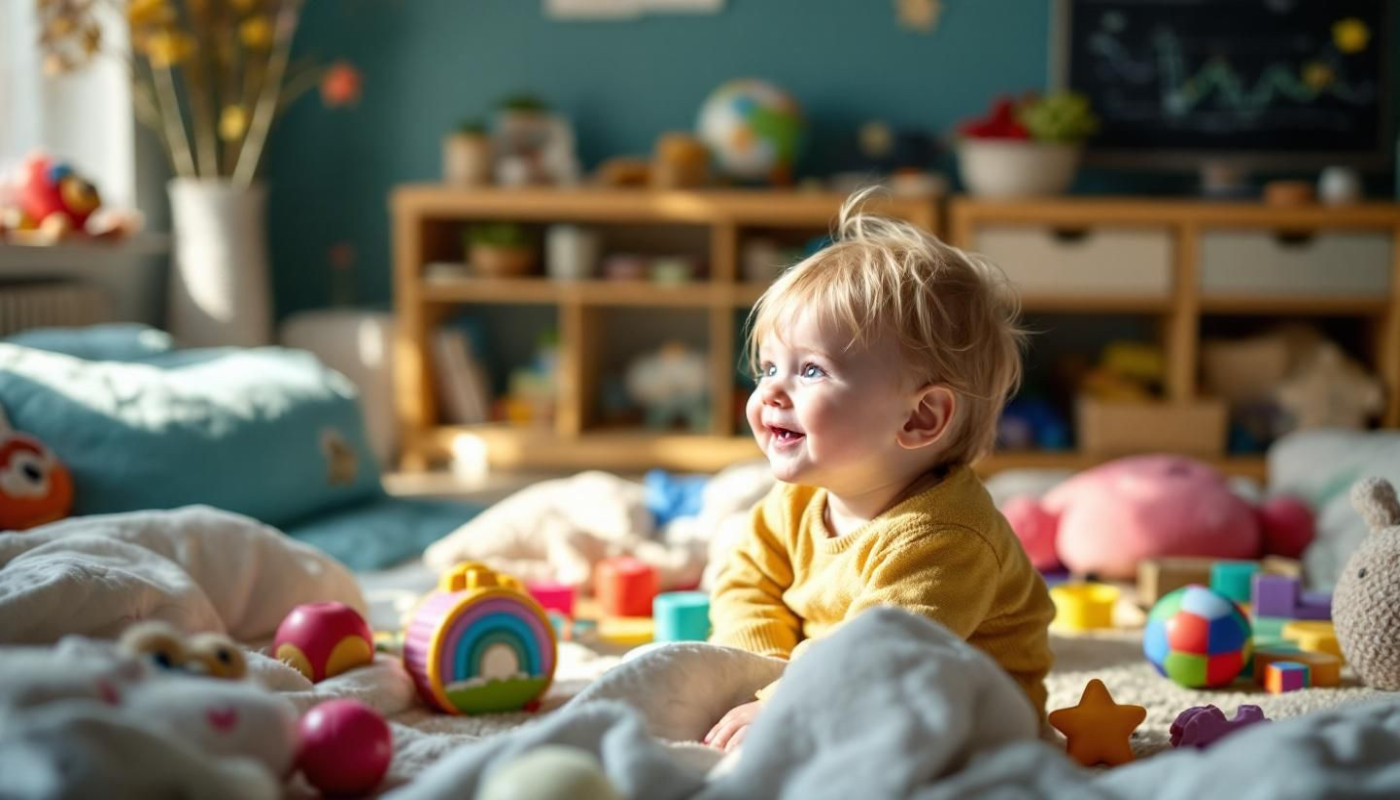Table of contents
Childhood trauma can leave lasting imprints on emotional and mental well-being. While traditional approaches to recovery have shown benefits, there is growing interest in alternative therapies that offer fresh perspectives and hope. Discover innovative methods and understand why exploring multiple pathways is vital for effective healing in the paragraphs below.
Understanding childhood trauma
Childhood trauma refers to the exposure of children to events or environments that are overwhelmingly stressful, which can include physical, emotional, or sexual abuse, neglect, witnessing domestic violence, or losing a caregiver. Such adverse childhood experiences have been linked to numerous trauma effects, influencing both the psychological impact and physical health of a child throughout development. The common causes of childhood trauma range from familial instability and community violence to chronic bullying or medical trauma. These incidents can disrupt neurodevelopment, contributing to developmental delays, impaired emotional regulation, and difficulties in forming healthy attachments. The physiological effects might manifest as chronic stress responses, such as elevated cortisol levels, which can compromise immune function and increase vulnerability to mental health disorders.
The psychological impact of childhood trauma often extends well into adulthood, manifesting as anxiety, depression, dissociation, or post-traumatic stress symptoms. Children who endure trauma without proper support may struggle with academic achievement, social relationships, and self-esteem, further compounding the risks of substance abuse and chronic illness later in life. Early intervention is vital for trauma recovery, as prompt psychological support and safe environments can foster resilience and reduce the likelihood of persistent developmental and mental health challenges. Understanding the profound and far-reaching impact of adverse childhood experiences underscores the necessity of recognizing signs early and providing comprehensive support to those affected.
Art therapy as a healing tool
Art therapy offers a unique pathway within child therapy for addressing childhood trauma, utilizing creative expression as a non-verbal outlet. This method, professionally known as expressive arts interventions, integrates various artistic modalities—such as drawing, painting, and sculpting—to help children externalize and process complex emotions that may be difficult to articulate verbally. Within the context of trauma healing, these interventions facilitate self-discovery, emotional regulation, and the reconstruction of a positive self-image. The mental health field recognizes that children who engage in art therapy often demonstrate improved coping strategies, greater resilience, and a reduction in anxiety and depressive symptoms. Practical applications are diverse, ranging from individual sessions tailored to a child's interests, to group workshops that foster collective healing and shared understanding among peers. Research and clinical case studies repeatedly highlight instances where children have achieved breakthroughs in trauma recovery through creative expression, illustrating how art therapy can empower young survivors and contribute to lasting mental health improvements.
Animal-assisted interventions
Animal-assisted therapy has emerged as a powerful method for fostering trauma recovery in children by leveraging the unique dynamics of human-animal interaction. Therapy animals such as dogs, horses, and even rabbits are integrated into therapeutic settings, effectively creating a safe, nonjudgmental environment that encourages trust-building and emotional regulation. When a child forms a bond with a therapy animal, the predictability and unconditional acceptance provided by the animal often serve as the first step toward rebuilding disrupted trust. This process is particularly beneficial in the context of child support, where children affected by trauma can struggle to connect with adults or peers but may find solace and companionship in therapy animals. Sessions are typically guided by trained professionals who use structured activities, such as grooming, walking, or playing with the animal, to gently encourage communication, self-expression, and the development of coping strategies.
Technical research on animal-assisted therapy consistently shows positive outcomes for trauma recovery, including reduced anxiety, improved mood, and enhanced emotional regulation. These interventions are not only about comfort; they also stimulate physiological responses in the child that help lower cortisol levels and promote relaxation, making therapeutic breakthroughs more achievable. The presence of therapy animals supports children in processing traumatic memories and navigating emotional states, often with fewer barriers than in traditional talk-therapy settings. For further insights on effective strategies to support children through trauma recovery, readers can look at this site, where practical advice and methods are explored in detail.
Mindfulness and body-based techniques
Mindfulness techniques and body-based therapy play a pivotal role in childhood trauma recovery by directly addressing both psychological and physiological trauma symptoms. Practices like yoga for kids and mindful breathwork are categorized as somatic interventions, which means they help children tune into their bodily sensations, fostering a deeper connection between mind and body. Through regular application of these approaches, children can develop greater self-awareness, allowing them to recognize and regulate their emotional responses. This not only reduces anxiety but also empowers children to recognize early signs of distress and respond in healthier ways, strengthening their overall resilience.
Body-based therapy, including yoga for kids, provides a safe and structured environment where children can explore movement, controlled breathing, and relaxation techniques. These somatic interventions teach children to calm their nervous system, which is often hyperactive due to trauma. Mindfulness techniques encourage staying present in the moment, reducing the likelihood of being overwhelmed by intrusive thoughts or memories associated with trauma. By integrating these practices into daily routines, children not only experience relief from trauma symptoms but also build coping skills that can support lifelong mental and emotional well-being.
Integrating alternative therapies
Combining multiple alternative therapies within a holistic trauma therapy framework offers a comprehensive path to address childhood trauma. By utilizing a multimodal intervention, such as blending art therapy, mindfulness practices, somatic experiencing, and equine-assisted therapy, integrated treatment plans can be tailored to each child's unique needs and responses. Such an approach recognizes that trauma impacts individuals differently, making a personalized and flexible methodology essential for effective healing. The synergy of these alternative therapies not only addresses psychological and emotional wounds but also promotes physical and spiritual well-being, fostering resilience and growth.
Trauma-informed care emphasizes the significance of regular assessment and adaptation throughout the recovery process. Ongoing evaluation allows practitioners to refine therapeutic strategies, ensuring that each intervention remains aligned with the evolving needs of the child. This individualized model enhances engagement and empowers young clients, supporting sustainable progress. As a result, integrated treatment rooted in holistic trauma therapy principles can improve outcomes, as children benefit from a supportive environment that respects their personal history and healing journey.
Similar

The Transformative Power Of Trauma Therapy On Personal Growth

Exploring The Nutritional Profile Of Spirulina: A Comprehensive Guide To Its Vitamins And Minerals

The Intersection Of Beauty Influencers And Mental Health Advocacy Online

Why excessive use of smartphones, tablets and PCs is harmful?

